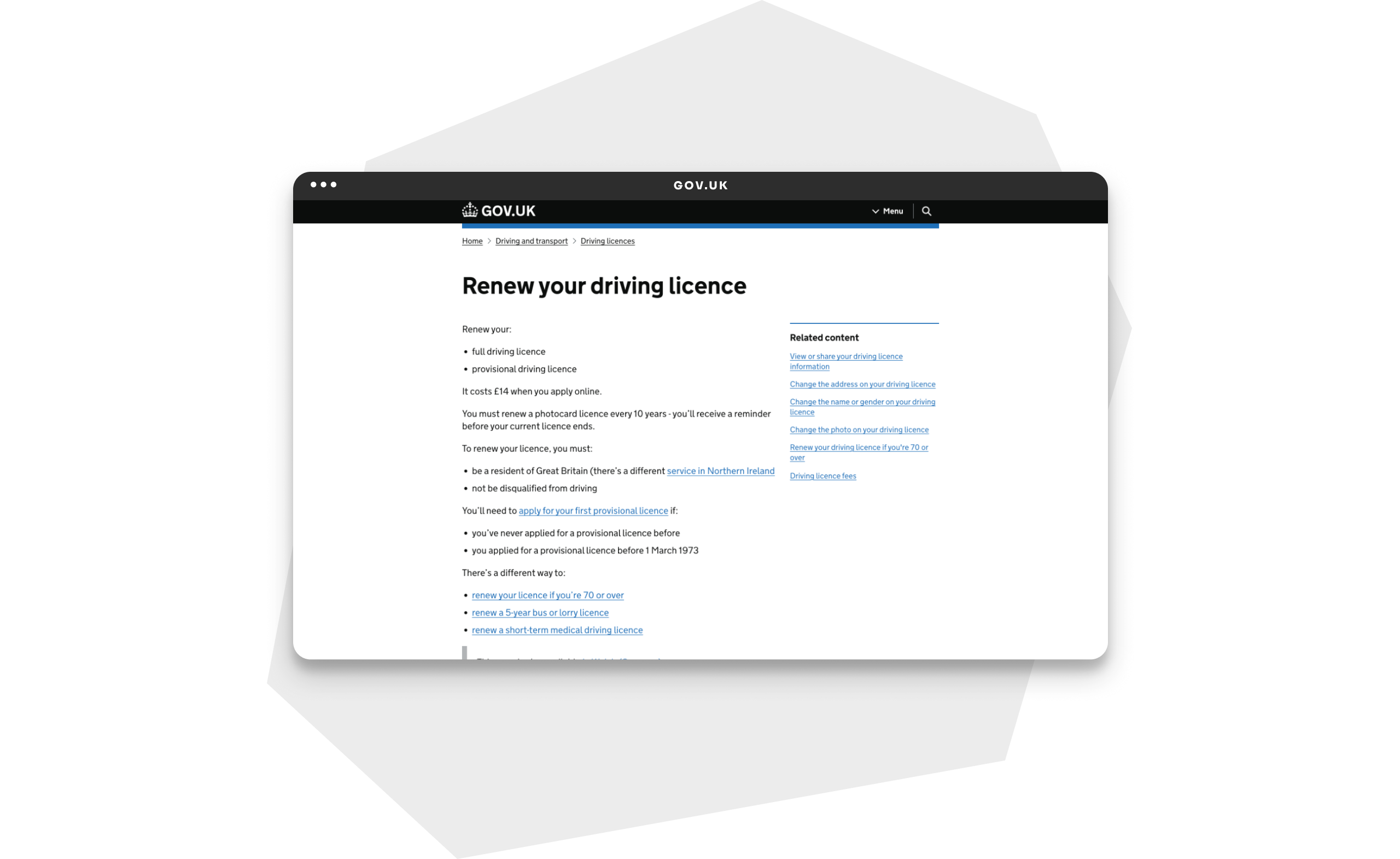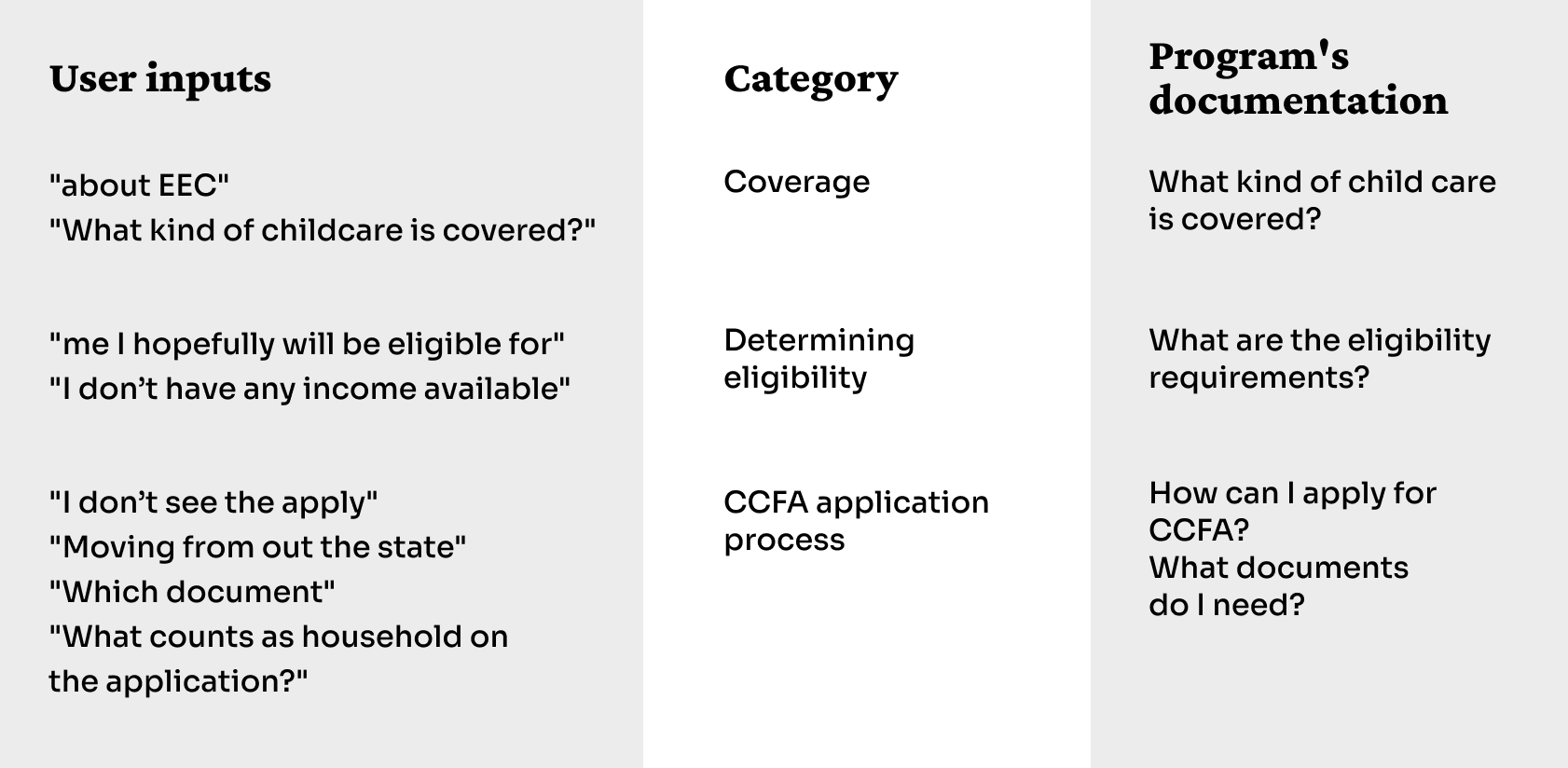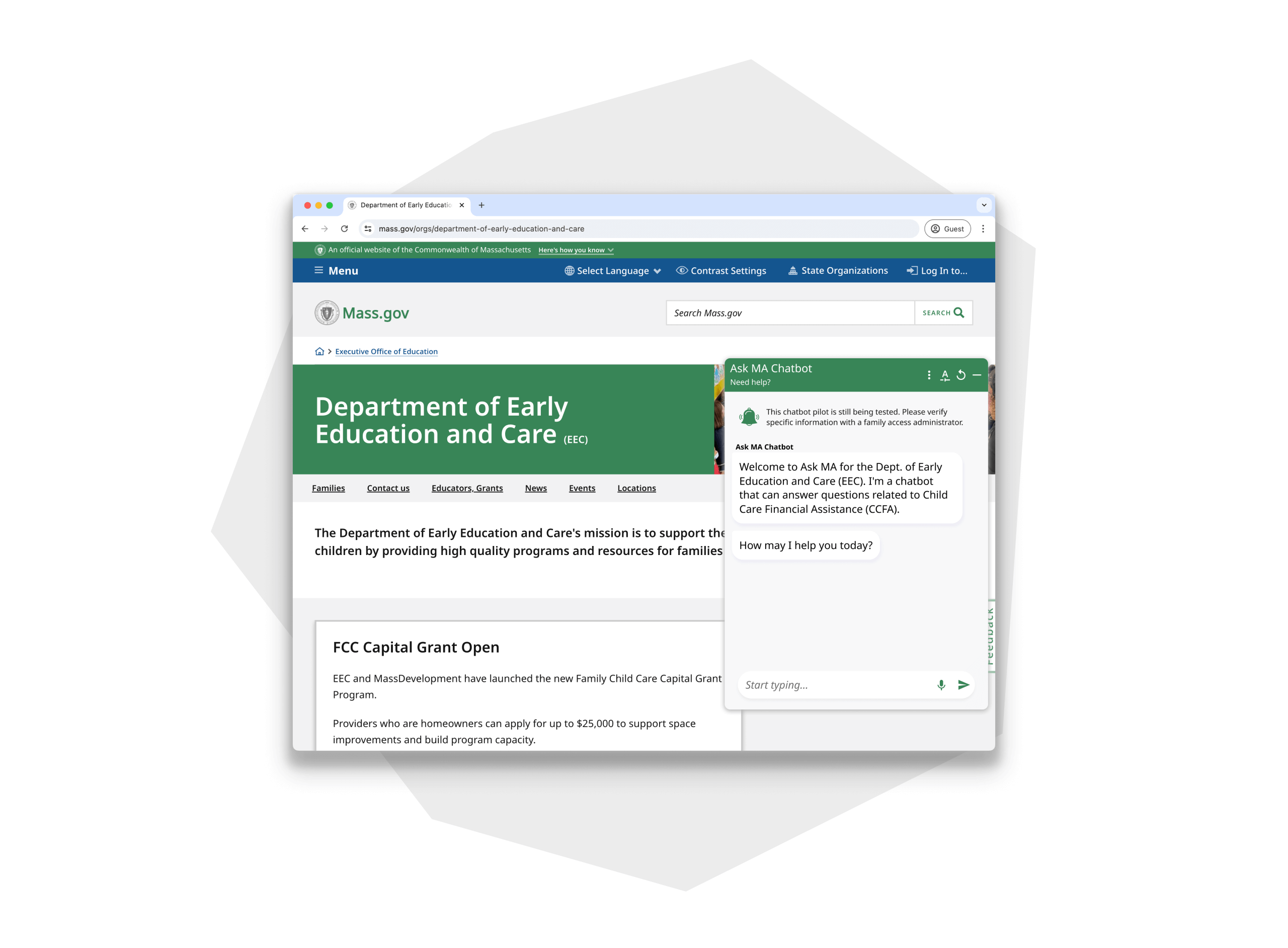
Government websites connect people with essential services. But what if your website is more of a barrier than a gateway? Too often, people can’t access the public services they need due to poor digital experiences. Marginalized communities are impacted the most — whether it’s the busy single mom who doesn’t have time to complete confusing forms, or the blind person whose screen reader can’t access your content.
Human-centered design (HCD) offers a way to change this. While not a new concept, HCD has gained traction in the public sector in recent years — even featuring in federal directives like Executive Order 14058: Transforming Customer Experience and Service Delivery.
If you’re worried HCD means more work for you, I’ve got good news. It actually makes your job easier. Why? Because your site does more work and creates fewer problems. Front-line staff have fewer complaints and enquiries to deal with. Designers and developers have fewer post-launch issues to clean up. Project managers can ensure smoother roll-outs. And so on, because HCD benefits everyone.
Many agencies are using a human-centered approach to grow service uptake, reach underserved groups, improve user satisfaction, ensure compliance, and increase efficiency. Here at Last Call Media, we’ve helped clients like the Commonwealth of Massachusetts bring their digital vision to life through human-centered design.
Need help getting started? This guide provides an intro to human-centered design, focusing on government-specific considerations and examples. And if you’re looking for a digital partner with HCD and government expertise, we’d love to hear from you.
What is human-centered design?
Human-centered design centers the people you’re building for. It looks at how they interact with your system, but also asks why by considering the wider context of their lives. By understanding, prioritizing and partnering with users, human-centered design helps you solve the right problems for real people.
While there’s no official set of principles of human-centered design, here are the main ones we like to use:
- Empathy — put users’ needs, feelings and experiences at the heart of decisions
- No wrong ideas — encourage open creativity without fear of judgment
- “Yes, and” — build on ideas to expand possibilities
- Collaboration — work together across disciplines to create better solutions
- Inclusion — design for diverse perspectives, accessibility and underserved groups
- Innovation — push boundaries to develop better-than-ever solutions
- Iteration — continuously test, refine, and improve designs
Who should use human-centered design?
Human-centered design isn’t only for designers! Anyone involved in building for users can take a human-centered approach. This includes project managers, analysts, researchers, software engineers, IT specialists, technology officers and so on. Cross-functional collaboration is integral to HCD.
What does human-centered design look like?
Human-centered design is an ongoing process that continuously evolves your solution to meet user needs. It isn’t any one specific activity — but here are some examples to give you an idea:
- Interviewing your audience about their needs and pain points
- Getting input from front-line staff who interact with users in person
- Asking users to test a prototype using real-life scenarios
- Making incremental improvements based on user feedback
- Speaking up when you see something that isn’t accessible
- Investigating new technology that may improve the user experience
Benefits of human-centered design for gov websites
Government websites should be quick and simple to use — an “in-and-out” experience that minimizes frustration and cognitive load. In reality, they’re often confusing and time-consuming. Many are built around institutional structures that make sense only to the agency’s staff, not the people they serve. Some try to impress users with flashy content that actually creates distraction rather than value.
Human-centered design is a much-needed antidote to these issues. It helps government agencies challenge old ways of doing things and connect with their audience. The benefits of HCD align smoothly with public service mandates, such as to:
- Increase service reach. Human-centered websites are more accessible to underserved groups, like people with disabilities, non-English speakers and folks with low-speed internet.
- Build public trust. HCD allows you to interact with users and act on their feedback, making them feel heard and prioritized.
- Ensure compliance. Accessibility is integral to human-centered design, helping you build compliance with the Americans with Disabilities Act (ADA) into your processes rather than treating it as an afterthought.
- Reduce administrative burdens. You’ll spend less time answering questions, processing paper forms and dealing with complaints if your website serves people effectively.
- Reduce risk. HCD doesn’t stop failure, but it makes it quick and small. You’ll lower risk by working with communities, testing early and often, and improving incrementally. We’ve previously written about the FAFSA® Form’s comeback after a bad launch — a great example of the difference HCD can make.

Challenges of adopting human-centered design in government
Government employees face unique challenges when trying to adopt a human-centered approach and get buy-in from internal stakeholders. Here are some of the barriers we’ve noticed:
- Bureaucratic mindset. Policy, regulation, and internal processes often create barriers to focusing on user experience.
- Limited training and expertise. Many government staff are unfamiliar with human-centered design principles and lack access to training on it.
- Resistance to change. Government projects are in the public eye, so innovation is often seen as too risky. Many people don’t know that HCD actually reduces the impact of failure.
- Resource constraints. Budget and staffing limitations can make it difficult to secure investment for user research and testing.
- Procurement barriers. Rigid contracting processes may prevent agencies from working with agile partners who specialize in human-centered design.
- Outreach obstacles. Strict privacy regulations and lack of direct engagement channels can make it hard for government to interact with the people it serves.
Audience research means you’ll likely gain sensitive information. This creates more work as agencies have to put protections in place.
– Molly Taaffe, Senior UX/UI Designer, Last Call Media
How can agencies overcome these challenges? A starting point can be to learn from peers and neighboring states. Join a community of practice and attend events like Code for America Summit and those run by Technologists for the Public Good where you can chat to folks with HCD experience. Explore the U.S. Web Design System (USWDS) which offers accessible, user-tested components that anyone can use and adapt for their own design system. Reach out to an experienced digital partner who can help you figure out your next steps.
Success story of a human-centered gov project
Last Call Media partnered with Massachusetts to pilot an AI-driven chatbot that understands and answers questions the way real people ask them. We combined human-centered design with sophisticated cloud technology to advance the chatbot’s capabilities — allowing it to understand context and generate natural responses.
The human-centered aspects of our work involved creating a comprehensive testing guide based on real user patterns:
- Analyzing real user inputs, highlighting typos and informal language
- Mapping common language variations
- Considering different technical comfort levels
- Building testing data from user feedback, journey mapping, staff interviews and search term analysis

The pilot initially focused on the Department of Early Education and Care (EEC). It was the foundation for a larger rollout for the Registry of Motor Vehicles that will allow call center staff to handle fewer basic questions.

Partnering with Last Call Media
Our team collaborates with government agencies and impact-driven organizations to center the humans who stand to benefit from their services. We prioritize underserved communities, acting on a strong commitment to accessibility and inclusion. Our approach involves marrying empathy with agility — we innovate rapidly, test early and ground our work in user research to create safe change.
This article was created in partnership with our content writer, Peggy McGregor.
